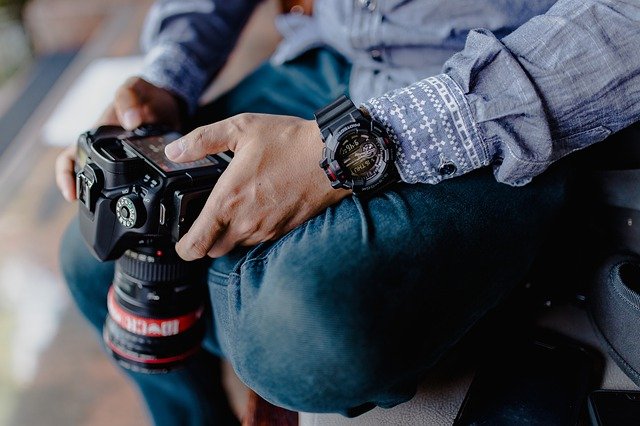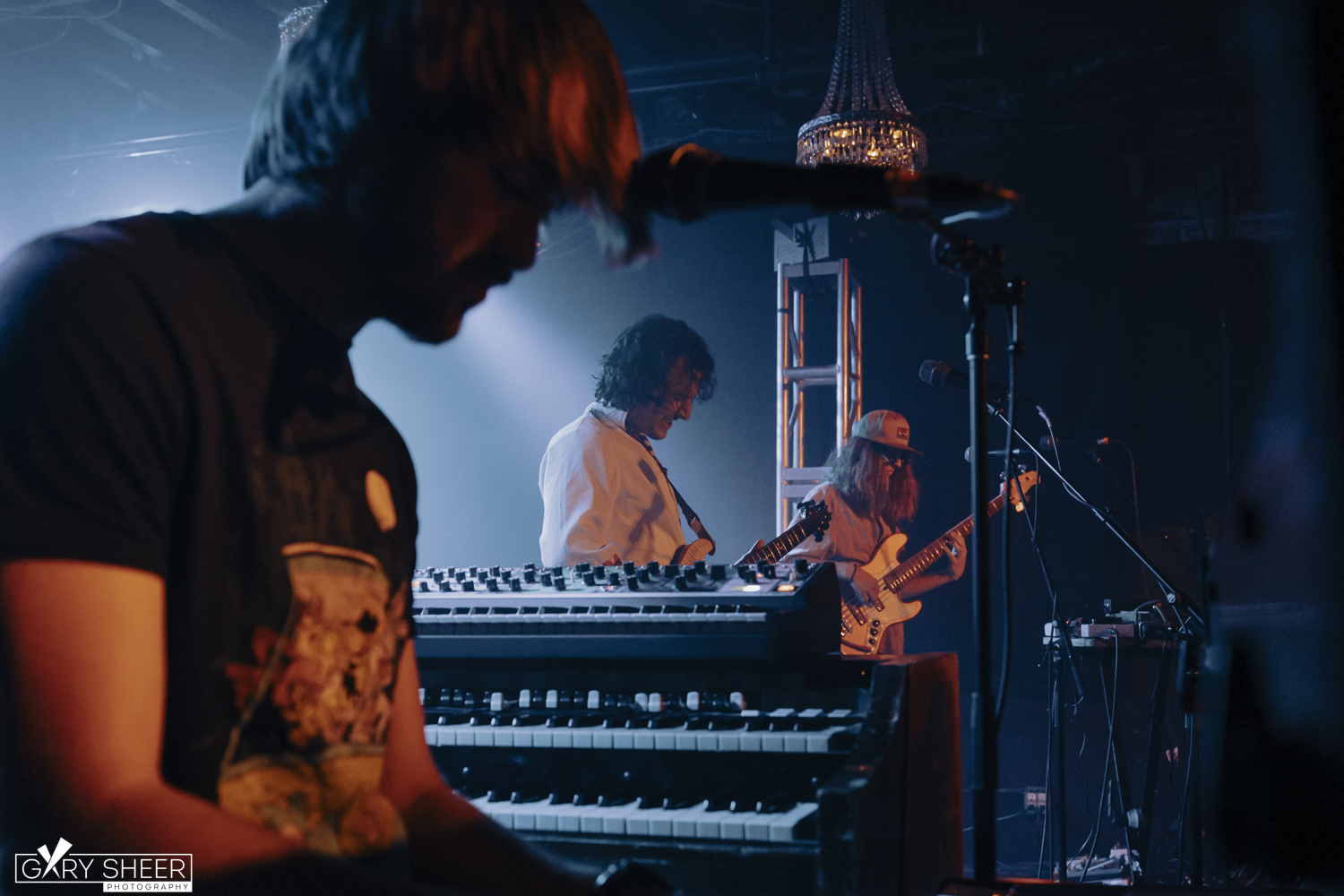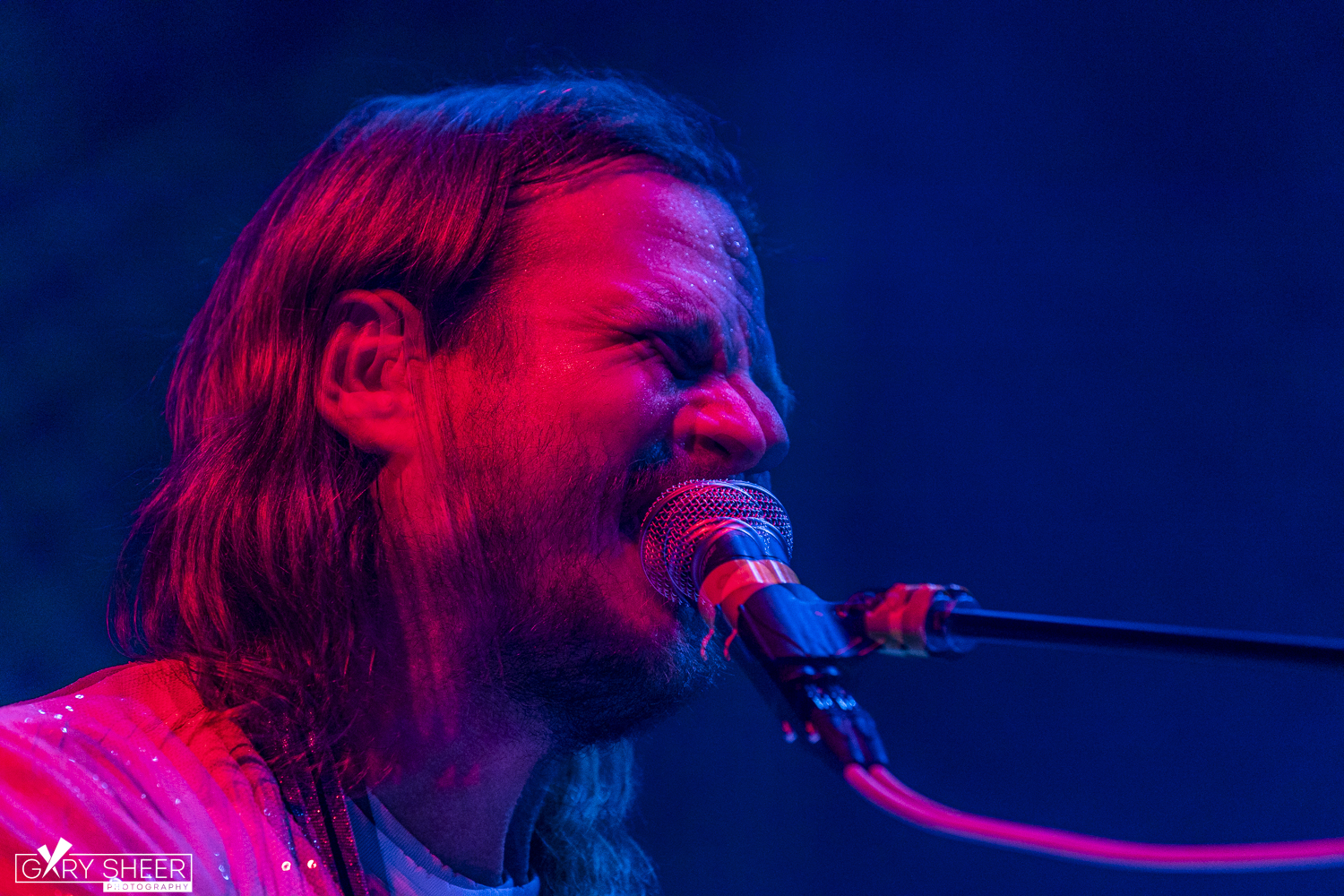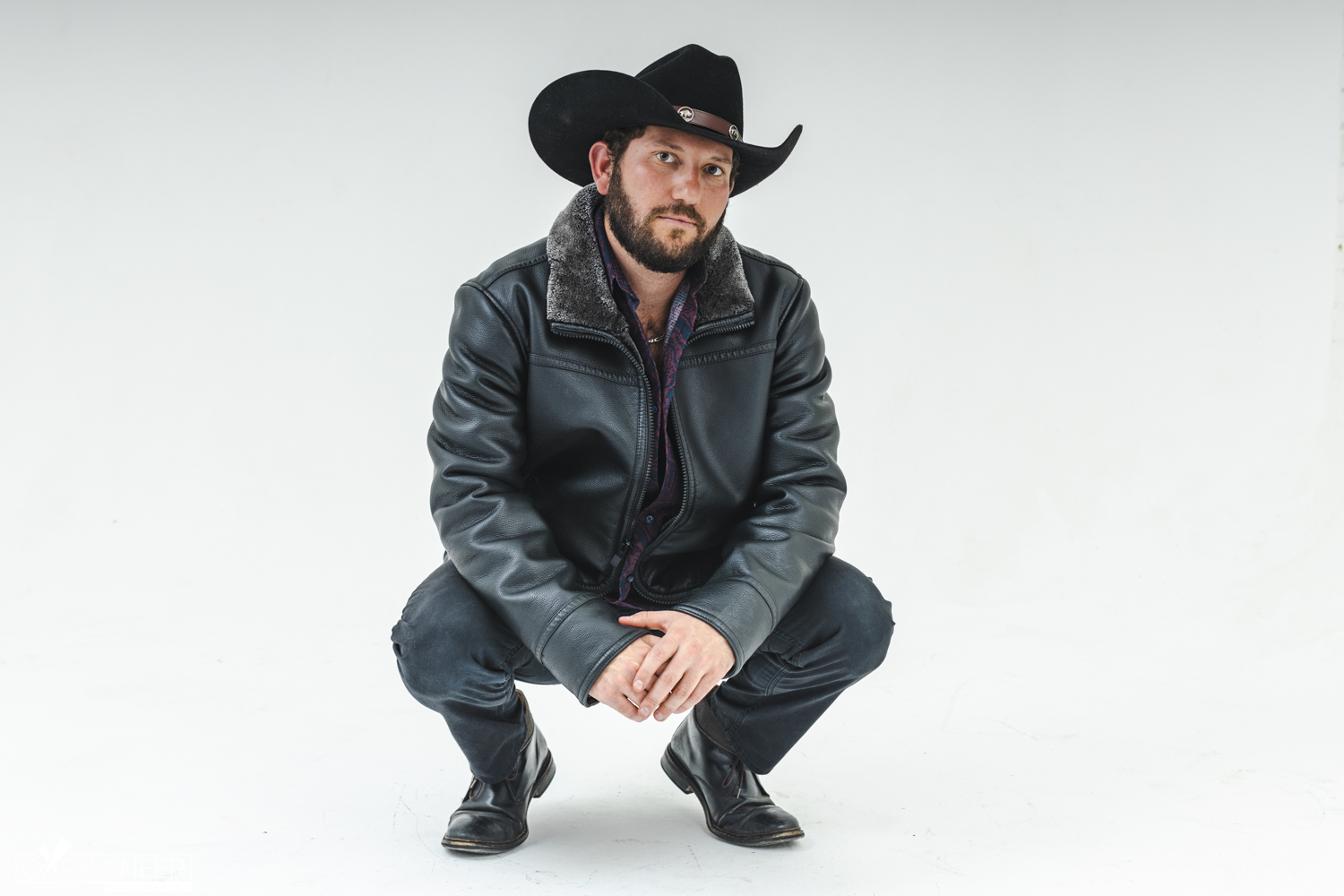Live music is all about the experience. It’s what draws people in and creates a lasting impression of the event. And for photographers, capturing live music can be fun, but it requires lots of hard work and knowledge about your camera. But, on the bright side, you’ve come across an article that can help you sort through your options and take truly fantastic photographs.

What Does a Music Photographer Do?
There are several different ways that music photographers can gain access to a venue. For one, most places don’t have a house photographer on staff, which means that anyone with the proper skills can attempt to be hired by the band, venue, or a media outlet.
To acquire a shooting pass, you’ll most likely need to be representing a publication with consistent viewership.
While I photograph concerts, I also practice portraiture and commercial photography. Concerts and artist promotion work is my passion, but in order to keep my business active, I must shoot more.
What are the Best Settings for Concert Photography?
Capturing the raw live energy of a band isn’t easy. Your images need to show movement and the excitement of the crowd. The following tips will help you snap the very best photos.
Manual Exposure is Your Friend
First off, if you’re just getting started and aren’t familiar with your camera, I would suggest starting on TV mode when shooting concerts. This will allow you to control your shutter speed while the rest of your camera’s functions will remain on automatic. However, if you’ve got some experience, manual exposure will definitely be your best choice. You’ll be able to make your own decisions as the lighting changes. This also gives you complete creative control over motion blur, depth, and grain.
Choose a Fast Lens
The larger the maximum aperture is, the faster the lens performance will be. These lenses will be more expensive, but they’ll also be well worth it. Consider for a moment how much easier your job will be when more light hits the camera’s sensor.
A Fast Shutter Speed is a Must
In addition to a fast lens, setting a fast shutter speed is a must. A good rule of thumb is that when handheld, your camera’s shutter speed should be at least double your focal length. So a 50mm lens should have a shutter speed of at least 1/100th (I would suggest 1/125 minimum). Your shutter speed can make the difference between capturing the frenetic energy of the lead singer or ending up with images that belong in your computer’s recycling bin.
Choose Autofocus Single Mode
Using the central focus will help you take professional-looking photos in a low-light setting. Now, what happens if you want to change the subject of your images? You can hijack the autofocus single mode to accommodate your desires. Simply aim the camera at the band, click down halfway to lock the focus, then move the camera to your desired viewpoint. This should maintain the focus on the band members, thereby allowing you to take artistic photos.
Turn Your ISO Sensitivity Up
When not shooting a concert, I always strive to keep my ISO as low as possible. Whenever I can eliminate grain from my images, I choose to. With that said, in a dark environment, it is important to bump up your ISO in order to let enough light into your camera to get the shot. In these situations, your wide open lens and fast shutter speed just are not enough. Of course, grain is not preferred, but it’s certainly preferable to getting a ton of blurry, unusable images. The good news is that you can edit out some of the resulting noise on your photographs.
Wait for Your Moment
How do you shoot live music photography? Timing your shots is everything. As the lighting director is taking cues from the band, you must follow their lead. Positioning yourself in the right place at the right time is everything. Oftentimes you don’t notice an opportunity until it is glowing in front of you. It is important to pre-visualize these opportunities when possible.
Knowing the music will greatly aid you in knowing when changes are coming and can greatly improve your images. Also, respecting the space and time of other photographers in the pit with you is crucial. If one person is standing in one spot the whole show, no one else gets that shot. For the sake of the group, it is important that everyone shares the collective space.
Don’t Rely on a Flash
Not only is flash photography not permitted, but it’s also just a bad idea. That’s why you must master using a fast shutter speed and always choose a fast lens. While this is true 99% of the time, I have gotten away with shooting flash in a small club. All rules are meant to be broken under the correct context. Just make sure everyone else is on board!
Movement
When photographing a well-known act, chances are you will be among other photographers. Making sure that you are not camping in one spot helps to ensure that you capture every angle you want, but also allows the other photographers to do the same. This is really important if you want a diverse set of images. Most larger acts will also have a three-song restriction on photographers. This further pressurizes the need to keep moving.
Shoot in RAW
The difference between shooting in JPEG and RAW formats is considerable. While the JPEG gives you an image that’s ready to print, the RAW contains much more information. This extra information allows you to alter the image to a much larger extent. It may take longer to work with, but RAW images are, to put it simply, quite superior, especially for live music.
Post-Processing
After the concert is over, it’ll be time to work on post-processing. Pull up your favorite editing software (I recommend Adobe Lightroom), upload your RAW photos, and go to work! For many, this is the most exciting part of the entire process. During post-processing, you can change many aspects of each image, thereby making them truly stand out.

Best Cameras for Live Concerts
Now that you know the best settings for concert photography make sure you have a professional camera that’s up to the task of dealing with a low-light environment and an artist that will most likely be moving around the stage to entertain the crowd.
While DSLRs have been the standard for quite some time now, it is clear the mirrorless camera will soon be the standard. Investing in a great camera body is important, but the technology changes at a much faster rate than your lenses. Consider this when purchasing something at the entry level.
Photography Tips for Live Music
In a nutshell, you’ll want to choose manual exposure and pair it with a fast lens, a fast shutter speed, a variable ISO and autofocus single mode. It’s also important to leave your flash off, shoot in RAW, and seek out every angle possible.. Lastly, make sure your camera is appropriate for the dynamic nature of live music. If you combine all these tips, you’ll have a lot to work with during post-processing!
Gary Sheer Photography works out of Denver, CO. Among the many events he captures is live music, which he views as a “spontaneous art.” Contact Gary today to find out more about his photography skills, including concerts, weddings, headshots, portraits, and corporate photos.






